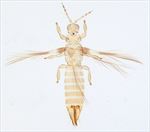
signipennis female

signipennis antenna

leeuweni head & pronotum
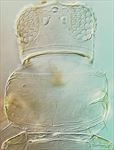
orchidii head & pronotum
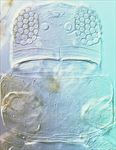
signipennis head & pronotum

signipennis tergites VII-IX
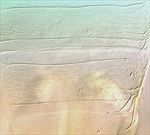
leeuweni tergite VIII
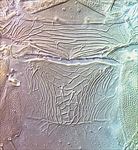
signipennis meso & metanota

orchidii sternites II-IV
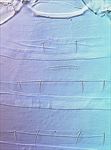
signipennis sternites II-IV

signipennis male tergite IX

orchidii fore wing
Generic diagnosis
Female macropterous. Head wider than long, maxillary palps 3-segmented; eyes large, without pigmented facets; ocellar setae I present or absent, setae III at margins or within ocellar triangle, shorter than longitudinal diameter of hind ocelli; five or six pairs of postocular setae. Antennae 8-segmented, segment I without paired dorso-apical setae, III and IV with long, forked sense-cones, III–VI usually with some microtrichia on both surfaces. Pronotum with five or six pairs of small posteromarginal setae, but S3 and S5 setae sometimes distinctly longer. Mesonotum with median pair of setae far from posterior margin; campaniform sensilla present. Metanotum weakly reticulate; median pair of setae far from anterior margin; campaniform sensilla present. Fore wings narrowing distally with apical setae particularly elongate; veinal setae short, first vein with long gap in setal row, six to seven basal and three distal setae; second vein with three to four widely spaced setae; clavus usually with 5 veinal and 1 discal setae; posterior fringe cilia wavy. Prosternal ferna slightly divided at middle; basantra membranous, with three to four setae; prospinasternum broad and transverse. Mesosternum with sternopleural sutures reaching anterior margin; endofurca with spinula. Metasternal endofurca without spinula. Tarsi 2-segmented. Tergites without ctenidia; I–VIII with campaniform sensilla near posterior margin; II–VIII each with broad continuous craspedum; on VIII craspedum with comb laterally; tergite VIII with stippled sculptured area around and anterior to both spiracles; tergite IX with two pairs campaniform sensilla, X with median split complete. Sternites II–VII with lobed posteromarginal craspeda; sternite II with or without two or three discal setae; sternite III sometimes with small pore plate; VII with S1 setae in front of posterior margin; laterotergites without discal setae.
Male similar to female but smaller; tergite IX with a pair of thorn-like setae; sternites IV–VII each with transverse pore plate.
Biological data
Generally feeding and breeding on young leaves and young fruits, with adults sometimes being found in flowers.
Distribution data
This is a genus from southeast Asia, but with several species widely distributed around the world.
Nomenclatural data
Anaphothrips (Chaetanaphothrips) Priesner, 1926: 145. Type species Euthrips orchidii Moulton 1907, by monotypy.
Twenty species are listed in this genus (ThripsWiki, 2020), and seven of these are recorded from China:
leeuweni (Karny, 1914: 358). (Euthrips)
longisetis Nonaka & Okajima, 1992: 440.
machili Hood, 1954: 215.
orchidii (Moulton, 1907: 52). (Euthrips)
querci Kudo, 1985: 324.
signipennis (Bagnall, 1914: 22). (Scirtothrips)
theiperdus (Karny, 1921: 69). (Anaphothrips)
Relationship data
Thripidae sub-family Thripinae: this is a diverse group involving more than 230 genera. Chaetanaphothrips is diagnosed by the presence of a plastron-like area extending forward to the antecostal ridge from the spiracles on tergite VIII. The long slender antennae, weak sclerotisation of the body, and small median setae on the metanotum are all character states shared with species of Danothrips.
References
Nonaka T & Okajima S (1992) Descriptions of seven new species of the genus Chaetanaphothrips Priesner (Thysanoptera, Thripidae) from East Asia. Japanese Journal of Entomology 60: 433–447.
Pitkin B (1977) A revision of the genus Chaetanaphothrips Priesner (Thysanoptera: Thripidae). Bulletin of Entomological Research 67: 599–605.
ThripsWiki (2020) ThripsWiki - providing information on the World's thrips. <http://thrips.info/wiki/Main_Page>